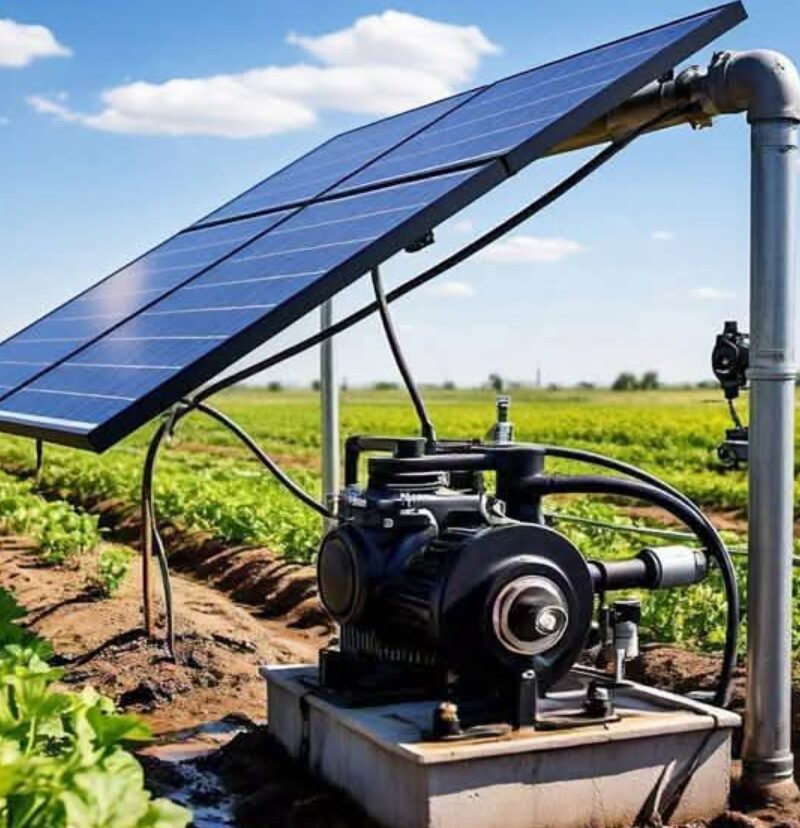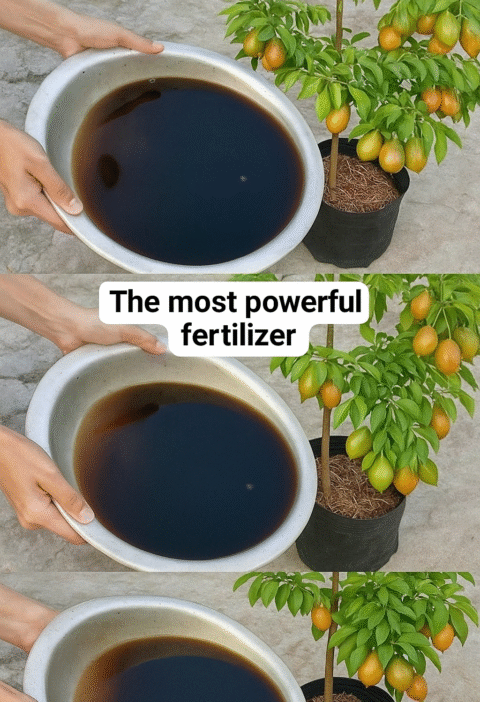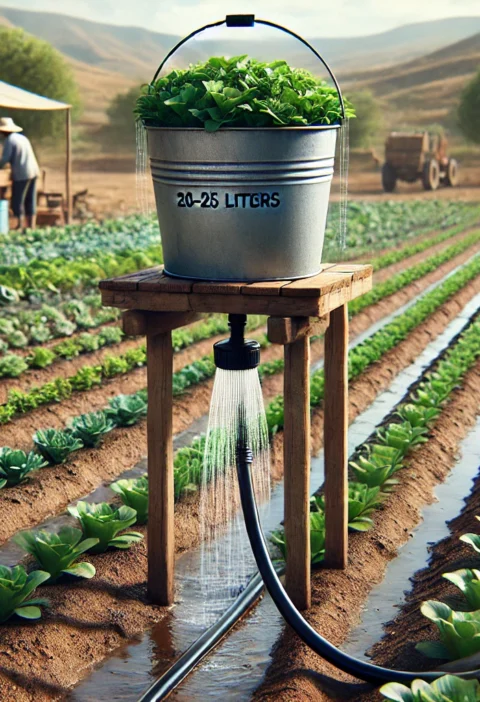The Impact of Solar Water Pumps on Farming: A Game-Changer for Agriculture ☀️🚜💧
The adoption of solar water pumps in agriculture has revolutionized traditional farming methods, providing sustainable, cost-effective, and eco-friendly solutions for irrigation. Farmers across the world are increasingly replacing diesel-powered pumps with solar technology, leading to higher crop yields, reduced costs, and environmental benefits.
In this article, we will explore:
✅ How solar water pumps work
✅ The benefits of solar water pumping in agriculture
✅ A real-life case study: The success story of Mr. Ali
✅ Quantifiable economic and environmental impacts
✅ The future of solar irrigation in global farming
Let’s dive into the transformative potential of solar-powered irrigation systems! ☀️🌿
—
1. What is a Solar Water Pump? 🌞💧
A solar water pump is an irrigation system powered by solar panels that convert sunlight into electricity. This electricity drives a motor, which pumps water from a well, river, or reservoir to irrigate crops.
Types of Solar Water Pumps:
🔹 Surface Pumps – Draw water from shallow sources like ponds and lakes.
🔹 Submersible Pumps – Used for deep wells (more than 10 meters underground).
Unlike diesel or electric pumps, solar water pumps operate using renewable energy, eliminating fuel costs and reducing environmental impact.
—
2. Benefits of Solar Water Pumps in Farming 🌱🚜
Installing a solar-powered irrigation system brings multiple benefits to farmers, especially in rural and water-scarce areas.
1. Increased Crop Productivity 📈
🌱 Reliable irrigation ensures that crops get water consistently, leading to healthier and faster growth.
🌿 Higher yields in vegetables, fruits, grains, and cash crops.
🍅 Example: Farmers report a 30-50% increase in tomato, cucumber, and leafy green production.
2. Cost Savings on Fuel & Electricity 💰
🚫 No diesel fuel needed = Zero fuel expenses.
🔋 Once installed, solar pumps run at no additional cost.
📉 Farmers save thousands of dollars annually on irrigation costs.
3. Ability to Expand Cultivation 🌾
💦 More water means farmers can grow additional crops or introduce water-intensive crops like rice, watermelon, and okra.
👩🌾 Small-scale farmers can increase farm size, maximizing productivity and income.
4. Improved Water Management 💦
💧 Precision irrigation prevents overwatering and water wastage.
🌍 In drought-prone regions, solar pumps help conserve limited water resources.
🌱 Drip irrigation compatibility ensures efficient water use.
5. Eco-Friendly & Sustainable Farming 🌎
✅ Zero carbon emissions – Unlike diesel pumps, solar pumps don’t produce harmful greenhouse gases.
✅ Reduced air & noise pollution – Solar pumps run silently, benefiting both farmers and communities.
✅ Supports climate-smart agriculture by promoting sustainability.
—
3. Case Study: How Mr. Ali Transformed His Farm with a Solar Water Pump 👨🌾☀️💦
Let’s take a real-world example to understand how solar-powered irrigation boosts productivity and profitability.
Before Installing a Solar Water Pump:
Mr. Ali relied on manual labor and a diesel-powered pump for irrigation.
Diesel costs were high, limiting his ability to expand farming operations.
Crops suffered from inconsistent watering, leading to lower yields.
His monthly income was around $1,500 from vegetable sales.
After Installing a Solar Water Pump:
✅ Increased Productivity
With a consistent supply of 8,000 liters of water per hour, plants grew healthier and faster.
Tomato yield increased from 10 tons per acre to 15 tons per acre.
✅ Expanded Crop Cultivation
Mr. Ali could now grow more water-demanding crops like watermelon and okra, increasing his profits.
✅ Significant Cost Savings
Eliminated diesel expenses, saving hundreds of dollars per month.
Reinvested savings into better seeds and soil enrichment.
✅ Improved Water Efficiency
No water wastage – The solar pump delivers precise irrigation.
✅ Higher Profits & Income Growth
💰 Monthly income increased from $1,500 to $2,200, a 47% increase.
This example demonstrates how a solar water pump system revolutionized Mr. Ali’s farm, making it more sustainable, productive, and profitable.
—
4. Economic & Environmental Impact of Solar Water Pumps 🌍💰
📊 Economic Benefits:
Farmers save up to 80% on irrigation costs.
Increase in crop production by 30-50%, leading to higher sales and profits.
Return on investment (ROI) in 2-4 years due to fuel and maintenance cost savings.
🌿 Environmental Benefits:
Zero CO₂ emissions – Reduces reliance on fossil fuels.
Prevents groundwater depletion through efficient irrigation techniques.
Supports sustainable agriculture, benefiting future generations.
—
5. The Future of Solar-Powered Irrigation ☀️🚀
The adoption of solar water pumps is rapidly increasing, especially in:
✅ Africa, India, and Southeast Asia, where water access is a major challenge.
✅ Government programs supporting renewable energy in agriculture.
✅ Large-scale farms shifting to sustainable irrigation solutions.
With technological advancements and cost reductions, solar pumps will soon replace traditional irrigation systems worldwide.
—
Conclusion: A Bright Future for Farming with Solar Water Pumps 🌞🌾
Solar water pumps are a game-changing solution for modern agriculture, offering:
✔ Higher productivity through consistent irrigation.
✔ Massive cost savings by eliminating fuel expenses.
✔ Improved water efficiency, reducing waste and environmental impact.
✔ Long-term sustainability for farmers and the planet.
Whether you’re a small-scale farmer or managing large fields, investing in solar irrigation can significantly boost your farm’s success.
💡 Are you ready to switch to solar-powered farming? Let us know your thoughts below! 🚜💦






